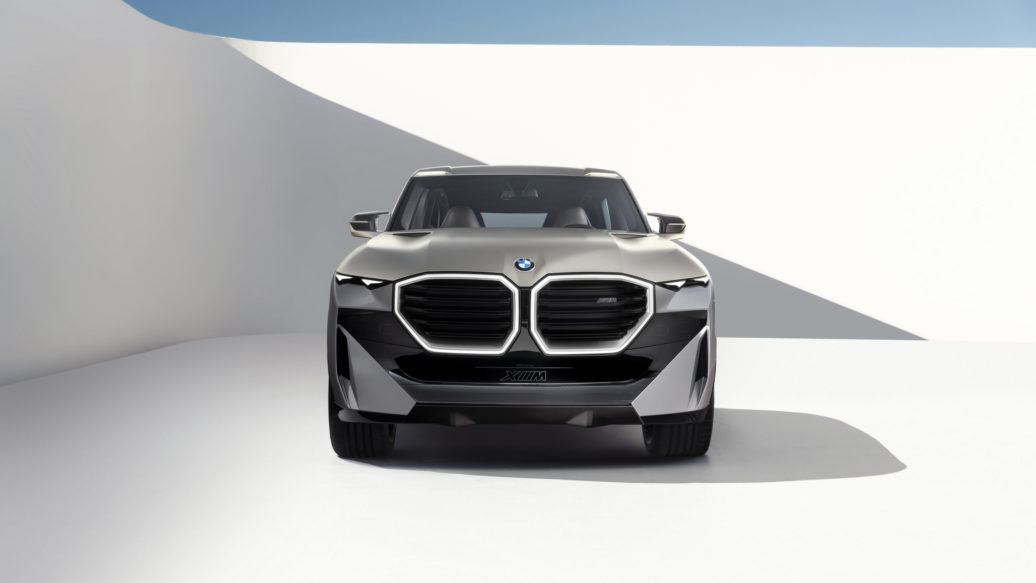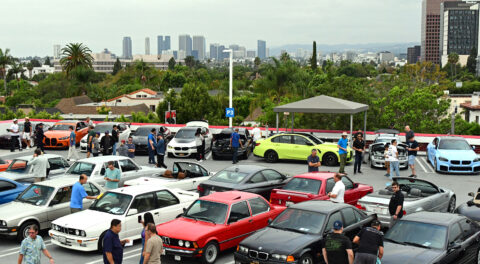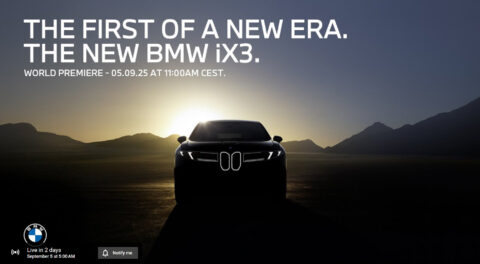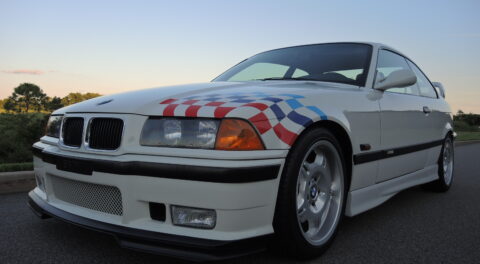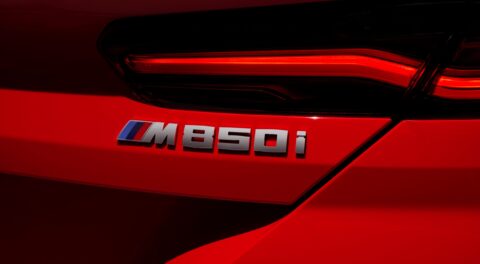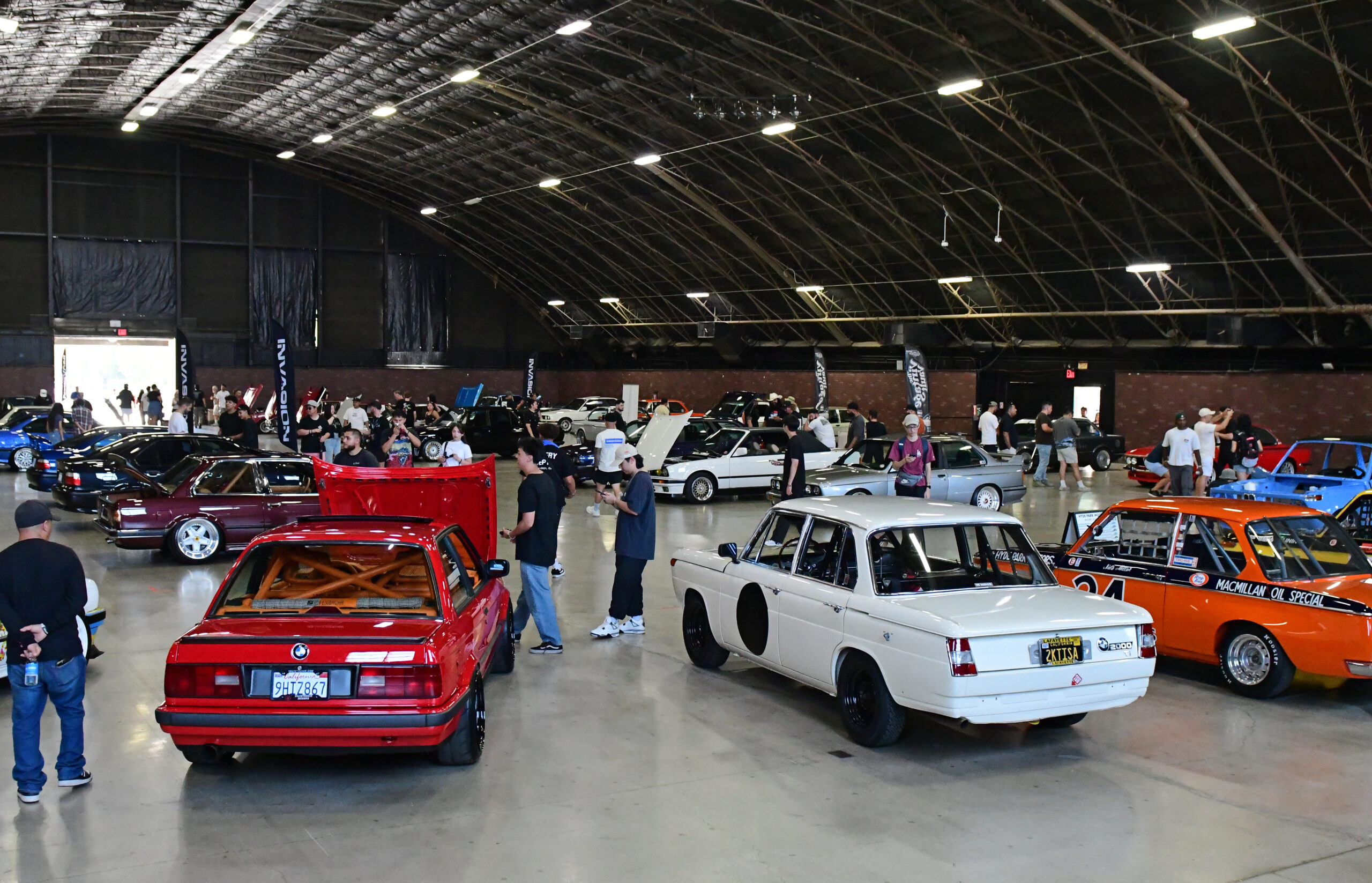Big kidney grilles, other questionable design decisions, electrification on a broad scale, screens everywhere, self-driving tech, and more models than ever before: BMW is in a state of change right now, with the future of the brand seemingly at stake as the concept of mobility is expanded and redefined, and consumers and manufacturers alike forced to react and adapt.
BMW isn’t the only automaker going through this awkward stage. The BMW Group’s brands, including Rolls-Royce and Mini, will be going all-electric within the next ten years, while just about everyone else is doing some variation of the same thing, whether it’s Ford, Chevrolet, Cadillac, Porsche, Mercedes-Benz, or one of several upstarts vying for a foothold in the market.
Anyone giving the automotive industry and its history even a cursory glance likely knows that constant change is the name of the game, and standing still for even a moment can be a fatal mistake. As BMW fans, we’re likely more aware of this than most—but with passion that runs deep, and a priority on high-quality cars designed and manufactured in Germany, we might also be a little more wrapped up in nostalgic visions than most.
However, even considering the realities of the changing world, the ways in which BMW seems to be reinventing itself for another century seem puzzling to many long-term brand devotees. Over the past few years, I’ve been wondering if BMW is exchanging its existing customer base for a new one—perhaps one that wasn’t around when the E30 represented the best the brand had to offer. With the introduction of ever-enlarging kidney grilles and models like the iX, the second-generation 4 Series, the M3 and M4, and more recently the XM concept, the updated X7, and the seventh-generation 7 Series, the company seems to be courting new buyers.
Does this mean that they’re turning their backs on their nostalgic fans?
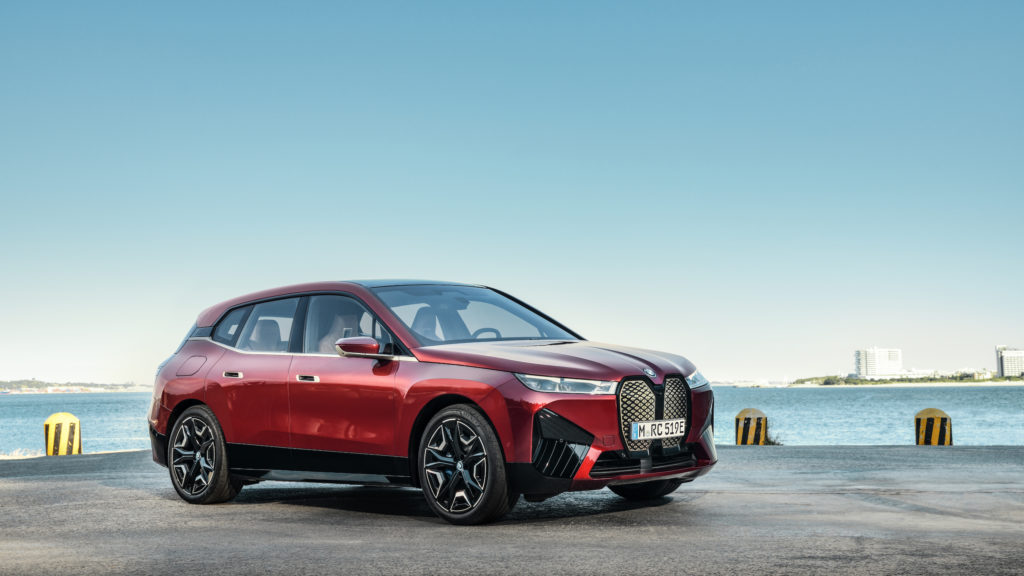
Think about it for a moment. Although our community of automotive enthusiasts might question what’s going on with BMW and the decisions being made at the highest levels and pay grades, the brand continues to sell more cars than at any previous point in its history, and models like the aforementioned 4 Series, along with the X7, are part of that success. BMW has repeatedly said that initial orders for the i4 and iX outpaced expectations, and at any given time a fair portion of the model lineup is in a state of flux ahead of the introduction of a new generation or a mid-cycle facelift. Currently, supply constraints are preventing us from seeing the full picture, but BMW is selling more cars than it can manufacture these days, and controversial design language is either already present or on the horizon for all of them.
There is just one model that isn’t proving particularly popular, and that’s the 2 Series Gran Coupé. There are more of those in inventory at my closest BMW dealership than any other model with the exception of the X3, which has been the best-selling BMW model for the last few years in the U.S.
Curiously enough, when the X3 and X4 were given their lifecycle impulse (LCI… or facelift, for the tactless) for 2022, BMW kept things remarkably tame. Perhaps that is a reaction to a reaction: Still speaking of inventory, if you want a 3 Series, there are hardly any available, but if you want a snoutacious 4 Series, you’re in luck.

Still, models like the iX, the X7, and the 4 Series are bold in their design and presence, and although we’re still waiting to see just how well the iX performs in the market, the X7 and second-generation 4 Series have already proven themselves, and consumers have spoken with their wallets. During the first quarter of this year, BMW of North America reported the sale of 7,739 4 Series vehicles, an increase of 54.2% year-to-year, while 3 Series sales declined 13.5% from 9,426 to 8,156. The second generation of the 4 Series was just becoming available a year ago, which explains at least some of the big percentage gain, but it doesn’t explain the drop in 3 Series sales, which could be partially attributed to the ongoing semiconductor microchip shortage affecting production across the industry. It’s tough to tell what’s really going on—but in any case, the 4 Series Gran Coupé seems a bargain, offering four-door function with the utility of a hatchback in sleek, stylish form—and people are buying them despite the big grille.
Technology is another important aspect of this discussion, since it seems to have taken precedence over the driving experience in terms of BMW’s priorities when conceiving and designing new models. This is not surprising, given the technological advancements of the last several years and the advent of autonomous-driving technology, which seeks to all but remove the driver from the equation, but I have to wonder whether some of the concepts we’re seeing now will prove to be indispensable in a few years, or merely gimmicks that were lacking in real-world utility.
BMW has always prioritized technology to a high degree, so some of this stuff is truly excellent, while other instances seem like examples of the whiz-bang competition between BMW and perennial rivals Mercedes-Benz, Audi, and Lexus.
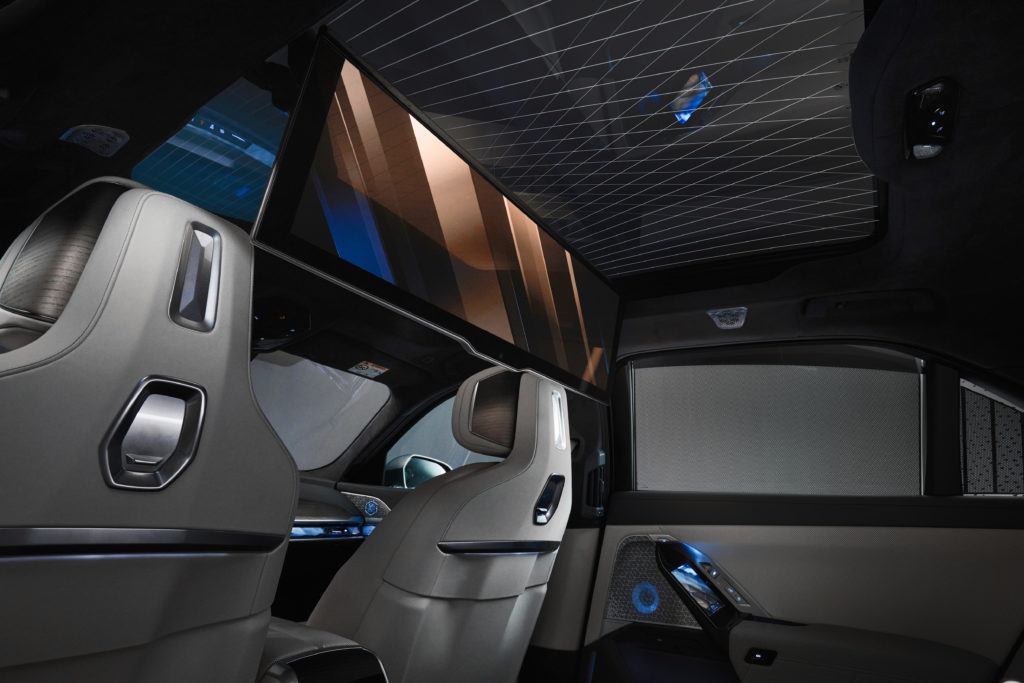
Sifting through all of these models and all of this technology, I also have to wonder where the most engaging driving experience can be found. But that one’s easy: These days, there’s no question that it’s with the M and M Performance models.
While the true M cars are more capable than ever, and deliver a better driving experience than the generation which immediately preceded them, some of that performance seems to come at a cost of everyday compliance and usability, a balance that BMW M cars used to strike so masterfully in the days of the E39. BMW’s M Performance automobiles—which are included in BMW M GmbH’s sales figures—are probably where the real sweet spot exists for those of us who subject our cars to unrelenting daily use, and it comes as no surprise that there’s now an M Performance model available in nearly every series and model.
The truth is, however, that most people considering a BMW aren’t after the driving experience anymore—if such a thing was ever true of the majority of BMW’s customers. Those of us on the other side of the equation have always been an incredibly vocal minority—look no further than the story of how the U.S.-spec E36 M3 came to be—but it still seemed like most of the models continued to offer something for us. BMW still mentions the driving experience in almost every press release it puts out for a new car, but now it seems as though technology and bold design have assumed a higher priority—and BMW is catering specifically to these buyers.
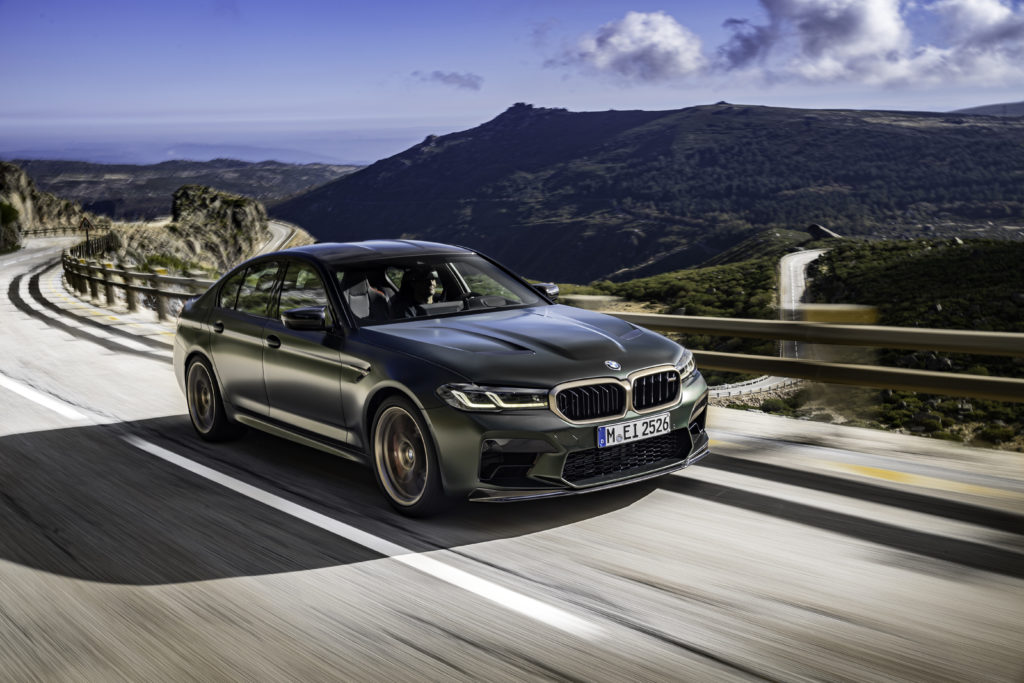
Are we in the late 1970s and early 1980s again, when emissions regulations effectively reordered the automotive industry? There are definite similarities in the economic climate, but at least BMW’s models aren’t stifled by thermal reactors and performance-robbing exhaust-gas recirculation schemes. But we’re still in what I can’t help but feel is an awkward stage, when new technologies are still being developed, and when a new design language is being tested. This is a time when the true driving enthusiasts among us have fewer and fewer options in the marketplace, even though technology has resulted in a broader model array than ever before.
Face it: There just aren’t that many of us who actually prioritize the driving experience over technology, contemporary design, self-driving tech, or electrification. BMW seems to be reinventing itself almost entirely, with the exception of the performance-oriented models from BMW M, including both the M Performance models and the actual M cars, along with some of the more pedestrian models like the 3 Series and 5 Series, which largely remain true to their original formulas. If you’re a genuine driving enthusiast and BMW aficionado, these are the models for you, and we’re glad that BMW still makes them.
It’s not unlike the conclusion that some of us came to after the first-generation X5 was introduced, and SUVs soon took over: BMW builds and sells these so that they can keep building and selling M3s and M5s.—Alex Tock
[Photos courtesy BMW AG.]

